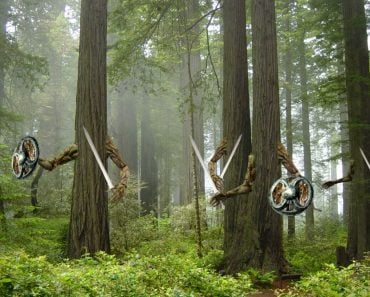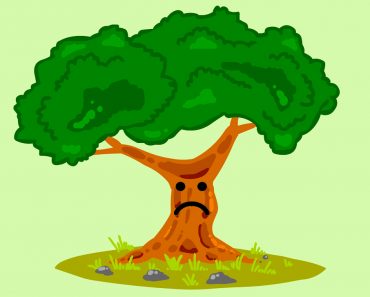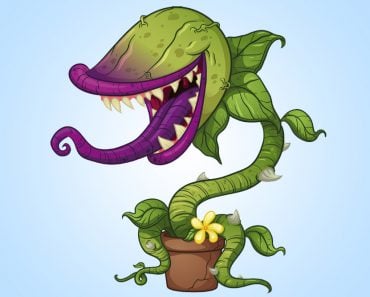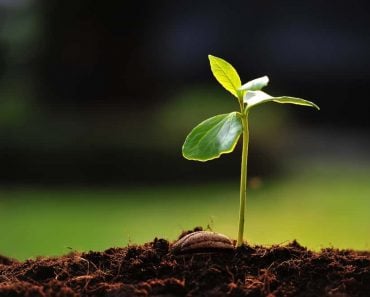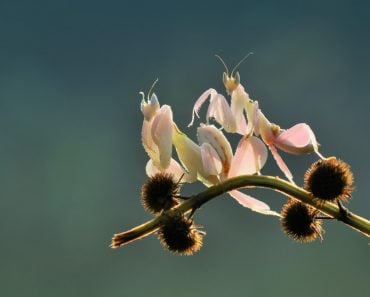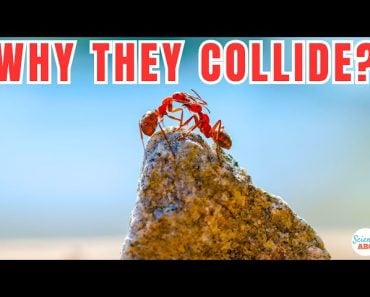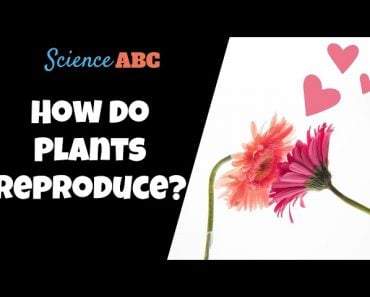Mimosa pudica bends upon being touched. This is called thigmonasty. A nastic movement is any movement in response to a stimuli. M. pudica’s leaves close due to changes in the turgor pressure in its cells. The behavior is a predator avoidance mechanism.
Mimosa pudica is a perennial herb of the Fabaceae pea family, native to Central and South America. Commonly called the touch-me-not plant, the sensitive plant, or the Tickle Me plant, it is known for folding its leaves inwards when touched.
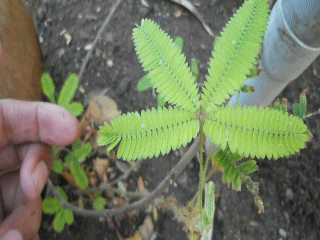
When it comes to playing with plants, there is no greater pleasure than touching the leaves of the “touch-me-not” plant and watching them recoil, shrink, and “go to sleep.” I did this a lot as a child and still do it when the opportunity presents itself. As an adult, I have often wondered what causes such a response from the plant and how it manages to do this.
Mimosa pudica is not the only plant of this species to exhibit ‘rapid plant movement,’ as the behavior is called; it is simply the most popular. In 300 BC, the Greek philosopher Theophrastus mentioned a plant that would ‘wither up and collapse’ and then come to life again and flourish. The plant Theophrastus was referring to was most likely part of the genus Mimosa and, according to some research, could have been the species M. asperata.
Recommended Video for you:
The Mimosa Pudica Shows Thigmonasty
These rapid movements aren’t unique to Mimosa species. When the carnivorous Venus flytrap senses an insect between its jaw-like leaves, it clamps the leaves shut to trap its prey. Species such as the cactus Lophophora williamsii and the plant Cornus canadensis spread their pollen by shooting out their stamens when they experience touch. The plants in the Cardamine species have seeds that explode when touched.
These are called nastic movements: any movement that occurs in response to a stimulus. If the stimulus is a touch or contact stimulus such as the wind, the resulting movement is called seismonastic movement or thigmonasty. If the stimulus is heat, they are called thermonastic movements. If they are light reactions, the movements are photonastic, while day and night-based movements are called nyctinastic movements.
Nastic movements are different from tropic movements. Tropic movements are movements toward the stimuli. Phototropic sunflowers move to face the light of the sun. Nastic movements are any movement in response to a stimuli.
Also Read: What Is Thigmotropism?
Mimosa Pudica’s Leaves Bend Due To A Change In Turgor Pressure Of Its Cells
The touch-me-not plant plant closes remarkably fast for a plant. Within a second, all the leaflets in that section are shut. How does the plant manage to close? The plant wilts on command.
The part of the plant that “wilts” is called the pulvinus, a pad-like swelling at the base of the leaf that is flexible enough to twist.
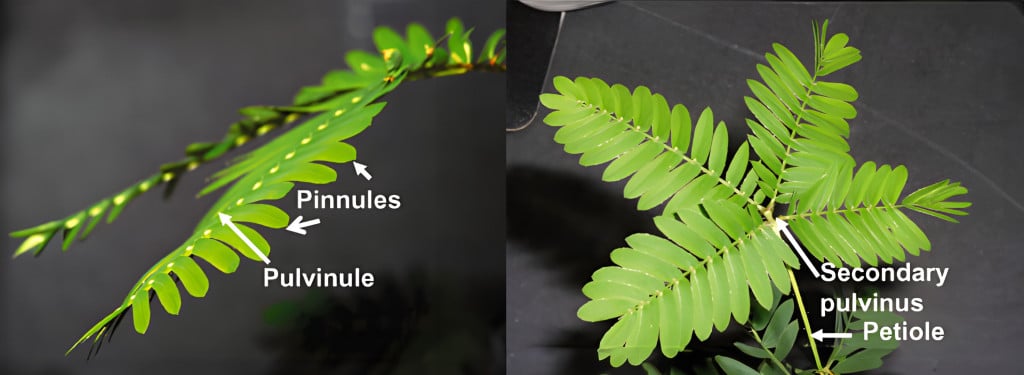
A type of cell in the pulvinus, called the extensor cells, loses water on mass, about 25% of their water content. This loss of water decreases the turgor pressure of the cells. The turgor pressure is the force that the water within the cells exerts on the cell walls, helping the cells to maintain their shape. Think of a juicy grape compared to a dry raisin.
When you touch the plant, a signal reaches the pulvinus cells, which causes potassium (K+) ions and chlorine (Cl-) ions to exit the cells. This creates a chemical gradient, more ions outside the cell than inside (the outside is “saltier” than the inside). Water molecules also leave the cell through osmosis to balance the concentration of ions inside and outside the cell.
Water leaving the extensor cells leads to decreased turgor pressure, causing the cells to become flaccid and bend.
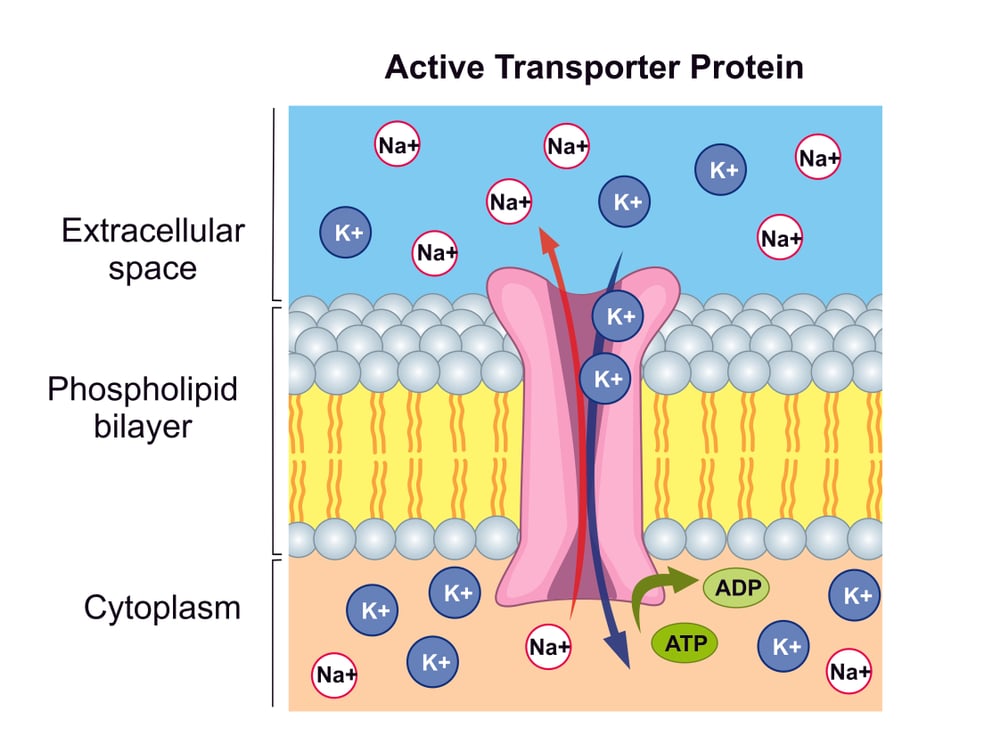
The cells might also lose water because their environment has more sugar. Some evidence suggests that the plant releases sucrose from the phloem into the apoplast, the extracellular area of a plant. This also promotes osmosis.
The pulvinus cells in M. pudica also have a protein “skeleton” that helps the cells maintain their shape. The cells change their skeleton structure, which allows them to flex.
How Does The Entire Touch-me-not Know To Recoil?
We still don’t fully understand how all the little leaflets “know” they should fold. We know that certain electrical changes take place in the plant. We also know certain chemicals are involved.
Our best estimation is that receptors on the plant sense touch. This starts a cascade of chemicals and ions being released, resulting in the leaflets folding.
Also Read: How Do Climbing Plants Know Where To Climb?
Mimosa Pudica Folds Its Leaves As A Predator Avoidance Mechanism.
As fascinating as we might find this behavior, M. pudica also faces serious costs when it recoils. First, it takes extra energy to recoil. Second, it loses time in the sun photosynthesizing. No photosynthesis, no energy, no survival.
So, if recoiling costs the plant energy and the opportunity to produce more energy, why does it continue this wasteful mechanism?
To evade predators.
If a herbivore comes along and starts nibbling on the Mimosa plant, bending the leaves inwards and drooping makes it difficult for the predator to tear off the leaves, exposing the plant’s thorns.
Drooping also gives predators the impression that the plant is dead or dying, therefore not as appealing as fresher, potentially more nutritious plants. The rapid movement also helps the plant dislodge insects that may threaten the plant.
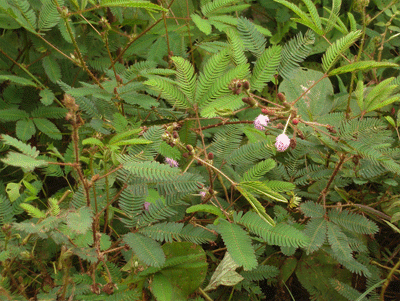
There is always an energy trade-off when it comes to predatory avoidance behaviors, and Mimosa plants take a risk every time they close. Studies on the effect of light intensity have shown that the Mimosa plant takes more time to reopen its leaves under high light conditions, which means that it is willing to take a greater risk to avoid predators when light is abundant.
Also Read: Can Plants Hear, Smell, See, Touch Or Taste Stuff?
However, Mimosa’s response isn’t consistent across all stimuli. Just as animal responses become dulled or get habituated to certain repeated stimuli, especially those that aren’t life-threatening (like a loud, repeating sound), research has shown that the movements of the Mimosa plant also show habituation. A study published in 2014 showed that M. pudica shows learning behaviors toward certain stimuli under favorable environmental conditions. Behavioral research in plants is still in its infancy but has exciting potential to teach us about how life “learns” and how such behaviors might have evolved.
References (click to expand)
- Braam, J. (2004, November 17). In touch: plant responses to mechanical stimuli. New Phytologist. Wiley.
- Kameyama, K., Kishi, Y., Yoshimura, M., Kanzawa, N., Sameshima, M., & Tsuchiya, T. (2000, September). Tyrosine phosphorylation in plant bending. Nature. Springer Science and Business Media LLC.
- Jensen, E. L., Dill, L. M., & Cahill, J. F., Jr. (2011, March). Applying Behavioral-Ecological Theory to Plant Defense: Light-Dependent Movement in Mimosa pudica Suggests a Trade-Off between Predation Risk and Energetic Reward. The American Naturalist. University of Chicago Press.
- Gagliano, M., Renton, M., Depczynski, M., & Mancuso, S. (2014, January 5). Experience teaches plants to learn faster and forget slower in environments where it matters. Oecologia. Springer Science and Business Media LLC.
- Sibaoka, T. (1969, June). Physiology of Rapid Movements in Higher Plants. Annual Review of Plant Physiology. Annual Reviews.

